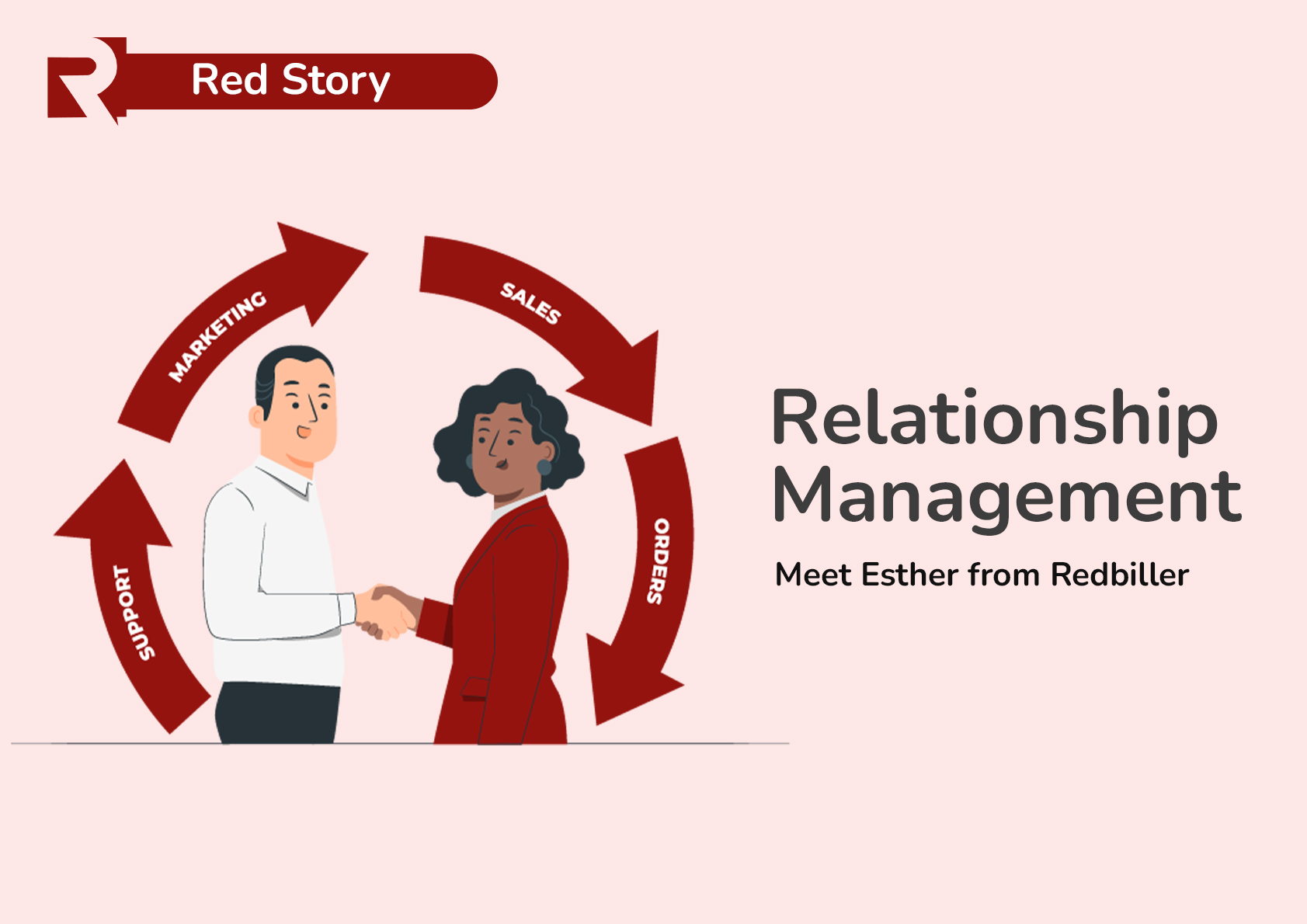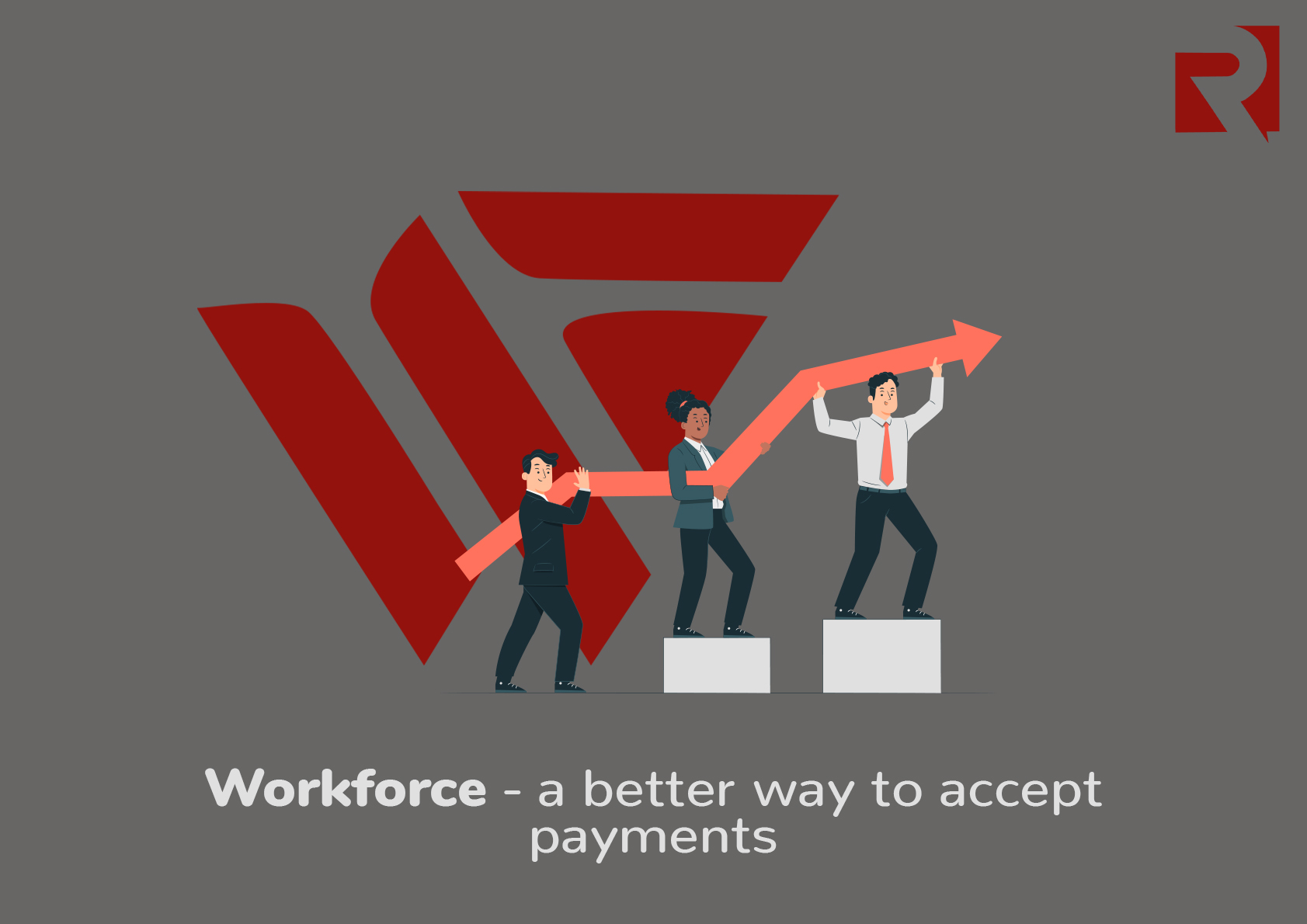Cash flow is the amount of money moving/flowing in and out of a business in a period. The inflow is the amount of money generated from products, investments and partnerships. And outflow covers all the expenses of the company. Cash flow can be positive or negative. And it is an objective means of evaluating a company’s financial performance.
Cash and profit do not always translate the same thing, and that is why a cash flow statement is essential in determining your financial performance. You can make profit on your products, but it will not reflect in your cash flow if it has not been paid in i.e. your customers are yet to balance you. Profit is an accounting concept that is quite abstract in considering liquid resources. So just working to increase profit would necessarily not translate to an increased inflow of cash, especially when you offer Payment Plans.
Every business must maintain a consistent, if not increasing, cash inflow to keep running. A lot of companies still close down for running out of cash, especially SMEs. Often, because they do not track their cash flow, they are on the verge of closing before realising that their cash flow has been negative in the months leading down to their closure.
The concept of cash flow puts what is coming in and what is spent side by side. That way, you make budgets by the projection of inflow based on the past inflows, not by what you have in reserve, which can be pretty misleading. You could be slightly overspending and not be conscious of it till it results in a significant gap in your reserve.
Keeping too much inventory and having long-term payment plan options affect Cash flow. Effective ways to maintain a consistent flow includes keeping inventory at the demand level. It will mean forecasting demand based on the season and evolving consumer behaviour.
Also, make credit periods short-term. In trying to please customers and increase sales, do not kill your cash flow. Building and keeping a sales relationship with your customers remains highly recommended as it increases customer loyalty. But when a relationship becomes unprofitable, it is okay to let go. This does not in any way involve chasing clients away. It simply means you stop investing in a relationship that has consistently yielded nothing. Unprofitable relationships only widen the gap between inflow and outflow negatively.
Types of Cash Flow
Cash flow has open categorisation. It means it is categorised differently across business information platforms and materials. And while varying terms might be used, the concept remains the same. There are no conceptual disagreements between these materials. The upside for you is that in managing your cash flow, you can use whichever categorisation works for you in preparing your statement. However, here are three primary categorisations:
Cash Flow from Operations (CFO)
This involves the cash spent on and generated from the production and sales of the company's products and daily operations. It is in this flow statement that the gap between cash and profit becomes apparent. A company must maintain a higher inflow than outflow, and fund daily operations without digging into the cash inflow from other categories. Additional sales do not always mean increased cash flow - pay attention to inflow.
Cash Flow from Investing (CFI)
This involves cash spent on and generated from investing in fixed assets, research and development. It is a clever move to venture into Investments to increase revenue. However, cash inflow generated from research and development might not fall under this category. If a product is developed, then the inflow will be under CFO.
Cash Flow from Financing (CFF)
This is the amount of funding a company generates within a period. Financial activities include paying dividends, paying debts, capital lease obligations, issuance and repayments of equity. It highlights the company’s financial strength and capital management structure to investors.
Money exchange remains at the core of every business. Even non-profit organisations still have to deal with cash flow - their inflow is just not profit-driven. In running a business, it is necessary to understand the concept of cash flow and its relevance in financial planning and management.



